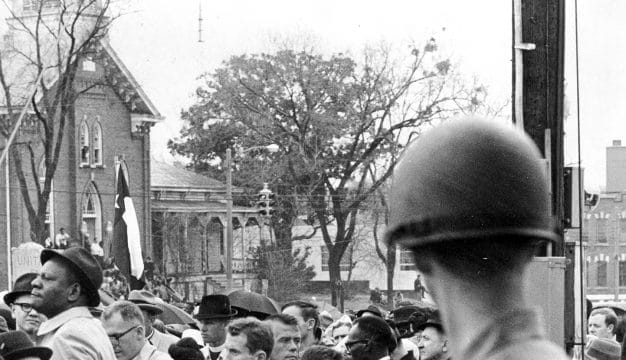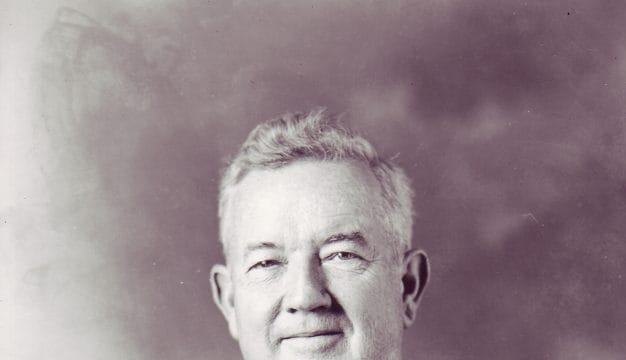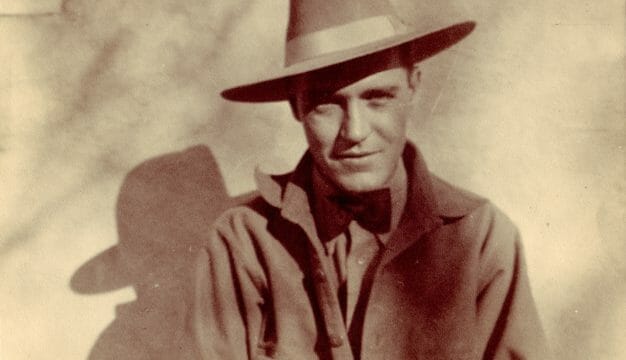Concordia College Alabama
Located in Selma, Dallas County, Concordia College Alabama (formerly Concordia College Selma) was a historically black (HBCU), open-admission, four-year institution based in the teachings of the Lutheran Church-Missouri Synod, which founded the school in November 1922. After several years of declining enrollment and financial difficulties, the college graduated its last class in April 2018.
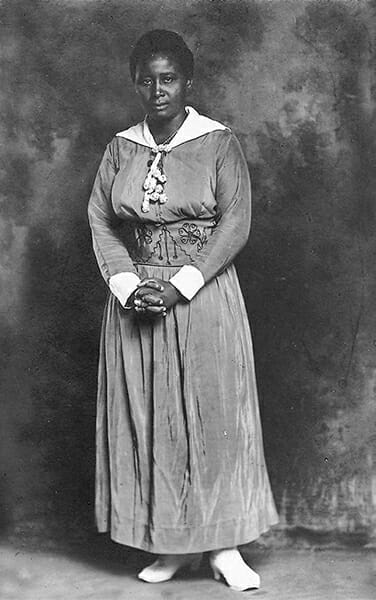 Rosa J. Young
The concept for the college was initiated by Rosa J. Young, an African American educator who is often referred to as the “mother of Black Lutheranism” in Alabama. Because students at that time had few fiscal resources to pay tuition due to the demise of the cotton industry, Young appealed to Booker T. Washington, president of Tuskegee Institute (present-day Tuskegee University) for operating expenses. Washington and his colleagues were unable to provide financial support. They instead directed Young to seek assistance from the Lutheran Church-Missouri Synod, which had a history of developing black education institutions in the South, including the Rosebud Literary and Industrial School in neighboring Wilcox County. The Church sent Rev. Nils Jules Bakke, a Norwegian American missionary affiliated with the Lutheran Church, to assess the situation, and he determined that the ministry should support the institution. He was designated as the first leader and taught primarily Christian morals and biblical studies.
Rosa J. Young
The concept for the college was initiated by Rosa J. Young, an African American educator who is often referred to as the “mother of Black Lutheranism” in Alabama. Because students at that time had few fiscal resources to pay tuition due to the demise of the cotton industry, Young appealed to Booker T. Washington, president of Tuskegee Institute (present-day Tuskegee University) for operating expenses. Washington and his colleagues were unable to provide financial support. They instead directed Young to seek assistance from the Lutheran Church-Missouri Synod, which had a history of developing black education institutions in the South, including the Rosebud Literary and Industrial School in neighboring Wilcox County. The Church sent Rev. Nils Jules Bakke, a Norwegian American missionary affiliated with the Lutheran Church, to assess the situation, and he determined that the ministry should support the institution. He was designated as the first leader and taught primarily Christian morals and biblical studies.
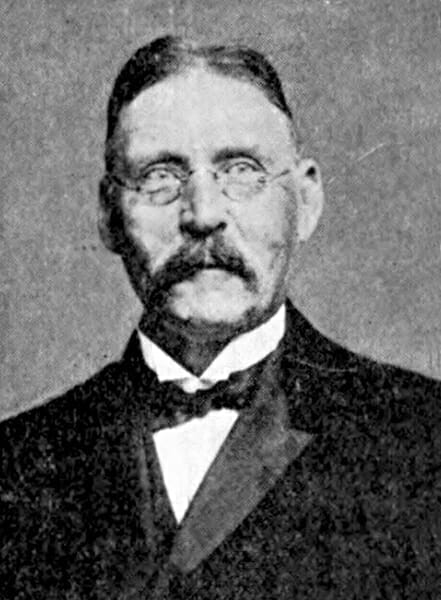 Nils J. Bakke
At the time of the college’s founding, it had fewer than ten students, only two professors, and one staff member. Throughout its maturation, the institution went through several names changes to reflect its evolution: Bakke Memorial Institute, Alabama Luther College, Lutheran Academy and Junior College, Concordia College Selma, and, finally, Concordia College Alabama. These name changes reflected how the institution evolved from an institution focused primarily on educating Christian teachers and ministers, to a junior college that offered only two-year degree programs, to its ultimate incarnation as a Christian-centered associate- and baccalaureate degree-granting institution.
Nils J. Bakke
At the time of the college’s founding, it had fewer than ten students, only two professors, and one staff member. Throughout its maturation, the institution went through several names changes to reflect its evolution: Bakke Memorial Institute, Alabama Luther College, Lutheran Academy and Junior College, Concordia College Selma, and, finally, Concordia College Alabama. These name changes reflected how the institution evolved from an institution focused primarily on educating Christian teachers and ministers, to a junior college that offered only two-year degree programs, to its ultimate incarnation as a Christian-centered associate- and baccalaureate degree-granting institution.
Rev. Robert O. L. Lynn Sr. (1922-32), who succeeded Bakke, was the first African American president of Concordia College Alabama and oversaw an expansion of the school. During the presidency of Rev. Edward A. Wescott, Sr. (1934-45), the school experienced financial and other difficulties and returned to high school status but returned to being a two-year degree-granting college under Walter H. Ellwanger (1945-63).
Julius Jenkins (1980-2007) was Concordia’s most highly influential administrator and led a significant transformation of the institution. He was instrumental in securing accreditation, overhauling academics from a junior college platform to a baccalaureate degree granting institution, and obtaining property and the physical plant and led major fundraising efforts. His leadership also resulted in the establishment of the college’s first endowment.
The college was a member of the Concordia University system, a consortium of 10 colleges administered by the Lutheran Church in 10 states, including Alabama. These institutions shared resources, and students could elect to be “visiting students” for up to two semesters at any of the sister colleges. Concordia College Alabama was the only historically black college in the system. Like its sister institutions, Concordia College mandated chapel worship services three times a week for its students and offered dormitory devotions, spiritual counseling, and Bible study groups.
 Concordia College Alabama Campus
At its peak, total enrollment was approximately 650 students served by five academic divisions with more than 45 majors. The college’s most sought-after academic programs were in the fields of early childhood and elementary education. It was accredited by the Southern Association of Colleges and Schools. Male and female students, who each made up half of the student population, participated in intramural and intercollegiate athletics in basketball, soccer, baseball, track and field, golf, volleyball, and cheerleading. The athletic teams were known as the Hornets and Lady Hornets. School colors were green and gold, and the intercollegiate teams competed in the United States Collegiate Athletic Association.
Concordia College Alabama Campus
At its peak, total enrollment was approximately 650 students served by five academic divisions with more than 45 majors. The college’s most sought-after academic programs were in the fields of early childhood and elementary education. It was accredited by the Southern Association of Colleges and Schools. Male and female students, who each made up half of the student population, participated in intramural and intercollegiate athletics in basketball, soccer, baseball, track and field, golf, volleyball, and cheerleading. The athletic teams were known as the Hornets and Lady Hornets. School colors were green and gold, and the intercollegiate teams competed in the United States Collegiate Athletic Association.
Concordia College Alabama’s most popular traditions and activities were centered in the arts. The Concordia Choir performed classical pieces as well as African American gospel hymns, and other students participated in the Magnificent Marching Hornet Band, which was known for its skilled choreography, unique uniforms, and high-step marching style. As in bands at other historically black colleges, percussion instruments were carried on straps rather than on front-centered carriers, a looser arrangement that allowed the musicians to dance as they played.
Additional Resources
Ashley, Dwayne, Juan Williams, and Adrienne Ingrum. I’ll Find a Way or Make One: A Tribute to Historically Black Colleges and Universities. New York: HarperCollins Publishers, Inc. 2004.
Deshazo, Blake. “Last Class Graduates from Concordia College Alabama.” Selma Times-Journal, April 28, 2018; https://www.selmatimesjournal.com/2018/04/28/last-class-graduates-from-concordia-college-alabama/.
Dickinson, Richard C. Roses and Thorns: The Centennial Edition of Black Lutheran Mission and Ministry in the Lutheran Church-Missouri Synod. St. Louis. Mo.: Concordia Publishing House, 1977.
Drewy, Henry. N., and Humphrey Doermann. Stand and Prosper: Private Black Colleges and Their Students. Princeton: Princeton University Press, 2003.
Injay, ed. Black Colleges and Universities: Charcoals and Diamonds. Huntsville, Ala.: SSSH Enterprises, 1999.
Young, Rosa J. Light in the Dark Belt. St. Louis, Mo.: Concordia Publishing House, 1950.

